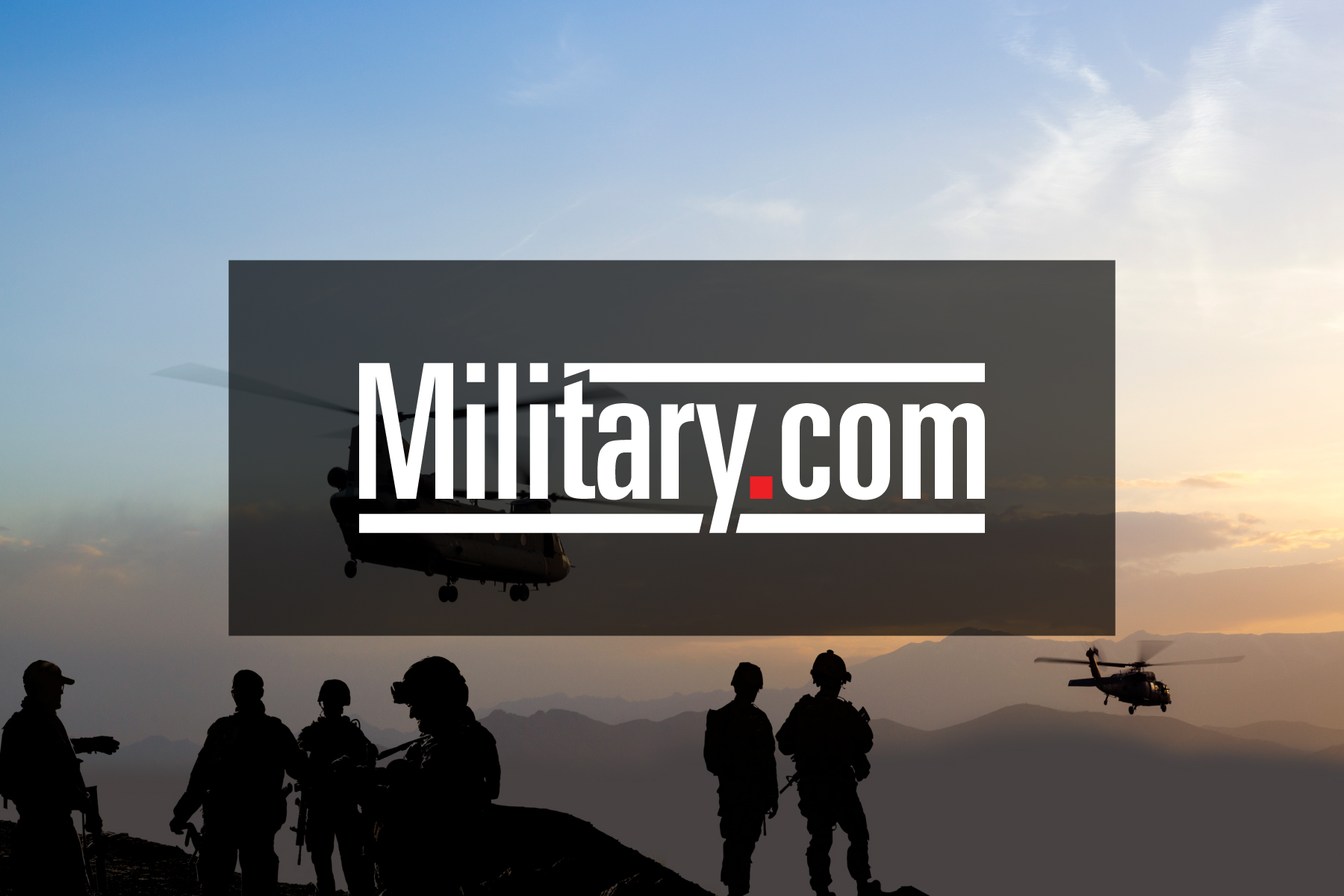Monet arabimaat olivat vielä 1970-luvulle tultaessa liberaaleja ja siistejä. Afganistan ja Iran muiden muassa (myös Libanon, joka oli suosittu turistikohde mutta sen pilasi Jasserin porukka saatuaan pakolaisaseman siellä).
Afganistan on yksi napatukki siihen, miksi maailma arabimaiden osalta on nyt juuri tällainen kuin se on. Moni nykyuutisotsikko juontaa juurensa sieltä. Itse asiassa jo vuodesta 1979.
Afganistanilaiset laajoin joukoin olivat saaneet nopeasti tarpeekseen kommunistihallinnosta - joka taas oli ihan oikeutettujen asioiden vuoksi saanut vallankumouksen läpi. Afganistanin presidentti itse pyysi vastahakoisia venäläisiä apuun ja sanoi, ettei tarvita kuin vähän panssarijoukkoja. Tadzikit, uzbeekit ja turkmeenit eli keskiaasialaiset neuvostosotilaat puetaan afganistanilaisiin univormuihin, kukaan ei huomaa mitään... Ja näin tehtiin!
Ja näin tehtiin!
Kaikkien Syyrian tai Irakin sodasta kiinnostuneiden kannattaa katsoa niin kauan kuin on Areenassa. Afghanistan 1979, The War That Changed the World
http://areena.yle.fi/1-2442865
Afganistan on yksi napatukki siihen, miksi maailma arabimaiden osalta on nyt juuri tällainen kuin se on. Moni nykyuutisotsikko juontaa juurensa sieltä. Itse asiassa jo vuodesta 1979.
Afganistanilaiset laajoin joukoin olivat saaneet nopeasti tarpeekseen kommunistihallinnosta - joka taas oli ihan oikeutettujen asioiden vuoksi saanut vallankumouksen läpi. Afganistanin presidentti itse pyysi vastahakoisia venäläisiä apuun ja sanoi, ettei tarvita kuin vähän panssarijoukkoja. Tadzikit, uzbeekit ja turkmeenit eli keskiaasialaiset neuvostosotilaat puetaan afganistanilaisiin univormuihin, kukaan ei huomaa mitään...
 Ja näin tehtiin!
Ja näin tehtiin!Kaikkien Syyrian tai Irakin sodasta kiinnostuneiden kannattaa katsoa niin kauan kuin on Areenassa. Afghanistan 1979, The War That Changed the World
http://areena.yle.fi/1-2442865
Viimeksi muokattu:









